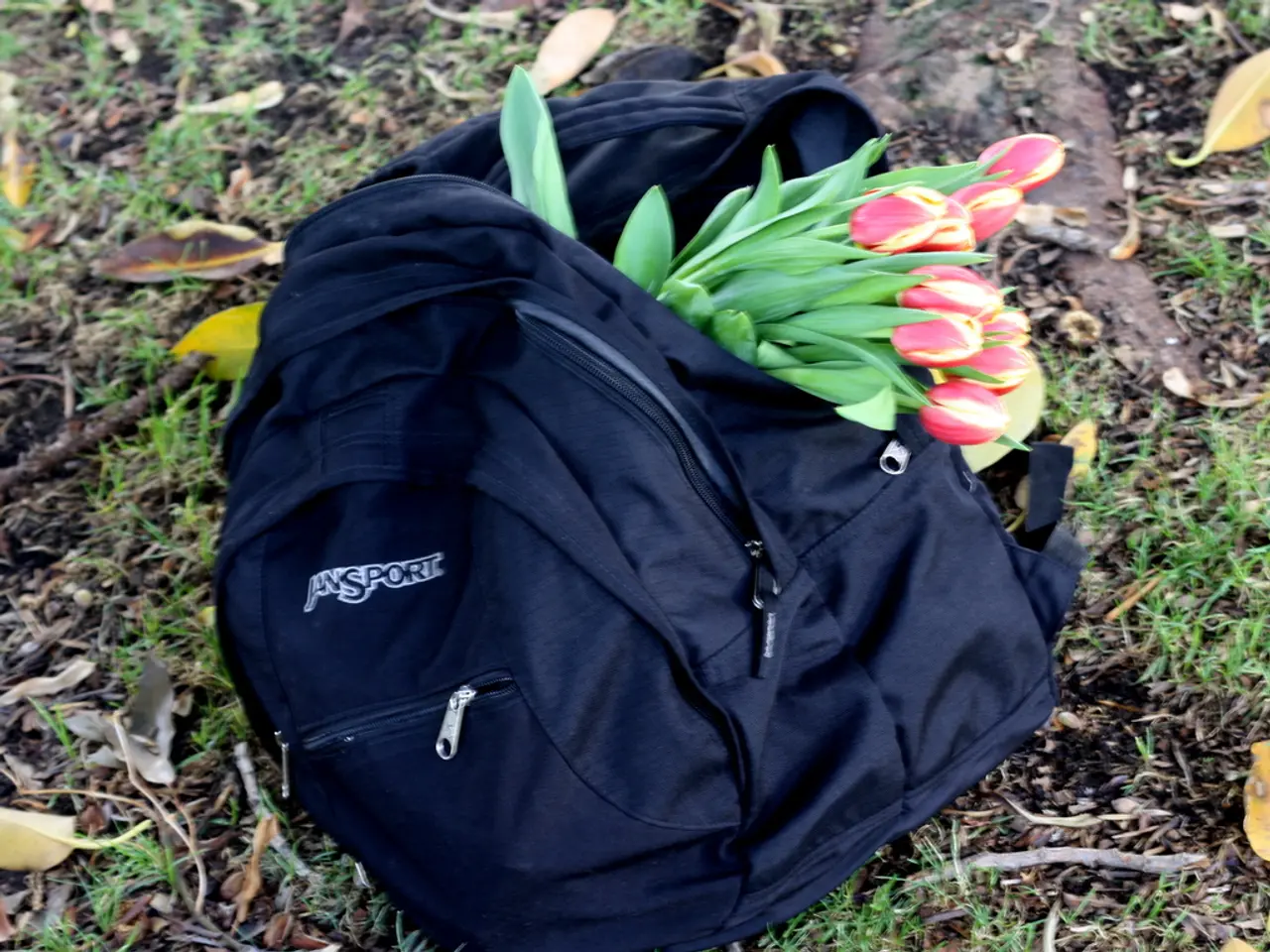Enhancing Soil Quality with Burlap Mulching Techniques
In the world of gardening, burlap mulch has emerged as a versatile and effective tool for enhancing soil health and promoting plant growth. This natural material offers numerous benefits when used in combination with light-colored organic mulches such as straw, wood chips, shredded bark, pine needles, or shredded leaves.
Burlap provides a protective, breathable layer that insulates the soil, helping to moderate temperature fluctuations. When paired with these organic mulches, it creates an effective protective and insulating environment for garden plants. A 2–4 inch layer of such mulch is ideal, with lighter materials like straw requiring less depth.
One of the key advantages of using burlap is its ability to retain moisture, reducing evaporation and creating a stable environment for plant roots. This property is particularly beneficial in hot and dry climates, where burlap can protect newly seeded beds and temperature-sensitive plants from extreme heat and drought.
In addition to its moisture-retaining properties, burlap supports better root growth by providing a breathable, protective barrier. This barrier allows oxygen to reach the roots while shielding them from harsh weather conditions.
When it comes to weeding, burlap is a valuable ally. By inhibiting the germination and growth of weed seeds, it helps suppress weed growth, making it easier to maintain a weed-free garden.
Burlap is also effective in preventing soil erosion, particularly on sloped or exposed sites. As it decomposes, it adds organic matter to the soil, improving its texture and fertility. This makes it an excellent choice for long-term garden maintenance.
Cost-effectiveness is another advantage of using burlap. Layering it with other organic materials like leaves, straw, or grass clippings can stretch the mulching budget. Buying burlap in bulk can help save money in the long run, and exploring alternative sources, such as local farmers or businesses, can result in lower costs.
Reusing old burlap sacks or fabric scraps is another cost-effective way to use burlap for mulching. For instance, cardboard sheets underneath burlap mulch can effectively smother weeds and prevent them from growing through. Grass clippings help retain moisture and create a weed-suppressing barrier when applied in thin layers with burlap.
Burlap can also be used as a liner for raised beds to prevent soil from washing off the bottom. Wood chips or bark mulch can be layered over burlap for a durable and attractive mulching system.
In summary, burlap mulch is a valuable asset in any gardener's toolkit. Its versatility, combined with its ability to retain moisture, suppress weeds, and improve soil health, makes it an ideal choice for creating a thriving garden. Whether you're a seasoned gardener or a beginner, incorporating burlap into your gardening practices can yield significant benefits.
Burlap mulch, when used in combination with light-colored organic mulches, creates a beneficial environment for home-and-garden plants by providing insulation, moisture retention, and weed suppression. The breathable and protective barrier of burlap supports better fashion-and-beauty aspects such as plant growth and flower blooming, while also improving the quality of home-and-garden soil over time.





